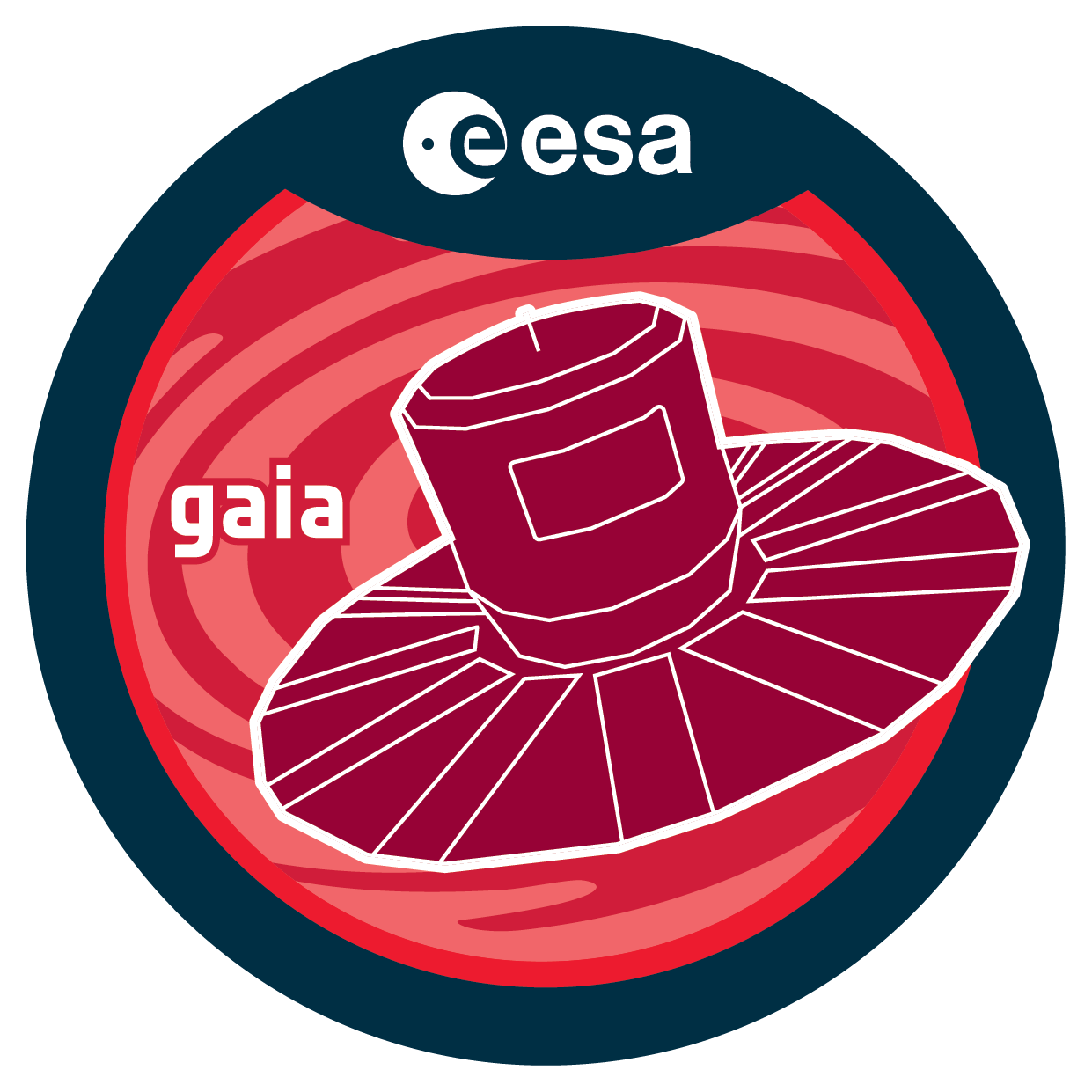

| DOI | https://doi.org/10.57780/esa-sfvnhs3 |
| Name | Gaia Focused Product Release: The first results of quasars' environment analysis for gravitational lenses search |
| Mission | Gaia |
| Portal URL | https://www.cosmos.esa.int/web/gaia/focused-product-release |
| Content URL | Gaia data repository Gaia Archive at ESA |
| Version | 1.0 |
| Date Published | 10 October 2023 |
| Description |
A list of sources around quasar candidates with minimum angular separation of 0.3 arcseconds to be used for gravitational lenses search. The publication mainly consists of:
Gaia Focused Product Release papers: : https://www.cosmos.esa.int/web/gaia/fpr-papers Gaia Focused Product Release documentation: https://gea.esac.esa.int/archive/documentation/FPR/ |
| Publication | Gaia Collaboration, Krone-Martins, A. et al. (2024), "Gaia Focused Product Release: A catalogue of sources around quasars to search for strongly lensed quasars", Astronomy & Astrophysics, 685, A130; https://doi.org/10.1051/0004-6361/202347273 |
| Temporal Coverage | From 25 July 2014 (10:30 UTC) to 28 May 2017 (08:44 UTC) |
| Mission description | Gaia is a European space mission providing
astrometry, photometry, and spectroscopy of more than 1000 million stars
in the Milky Way.
Also data for significant samples of
extragalactic and Solar system objects is made available.
The Gaia Archive contains deduced positions,
parallaxes, proper motions, radial velocities, and brightnesses.
Complementary information on multiplicity,
photometric variability, and astrophysical parameters is provided
for a large fraction of sources.
Gaia Collaboration et al. (2016): "The Gaia mission", Astronomy & Astrophysics, 595, A1; https://doi.org/10.1051/0004-6361/201629272 |
| Creator contact | Gaia Helpdesk (e-mail: gaia-helpdesk@esa.int or ticketing system: https://support.cosmos.esa.int/gaia/) |
| Author | Gaia Collaboration 2023 |
| Contributors | Gaia Data Processing and Analysis Consortium (DPAC) |
| Publisher and Registrant | European Space Agency |
| Acknowledgement | This work has made use of data from the European Space Agency (ESA) mission Gaia, processed by the Gaia Data Processing and Analysis Consortium (DPAC). Funding for the DPAC has been provided by national institutions, in particular the institutions participating in the Gaia Multilateral Agreement. Full Gaia data credits: https://www.cosmos.esa.int/web/gaia-users/credits |
| Citation Guidelines | European Space Agency, Gaia Collaboration, Krone-Martins, A. et al. 2023, Version 1.0, European Space Agency, https://doi.org/10.57780/esa-sfvnhs3 |